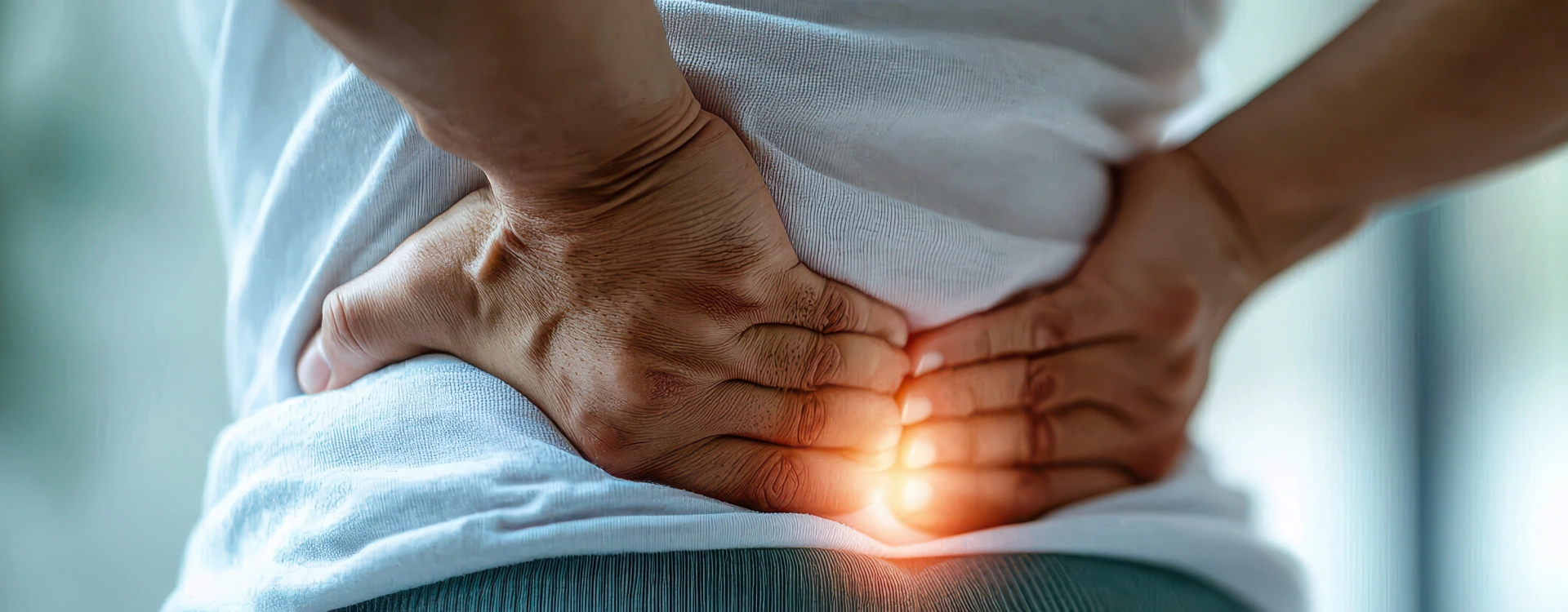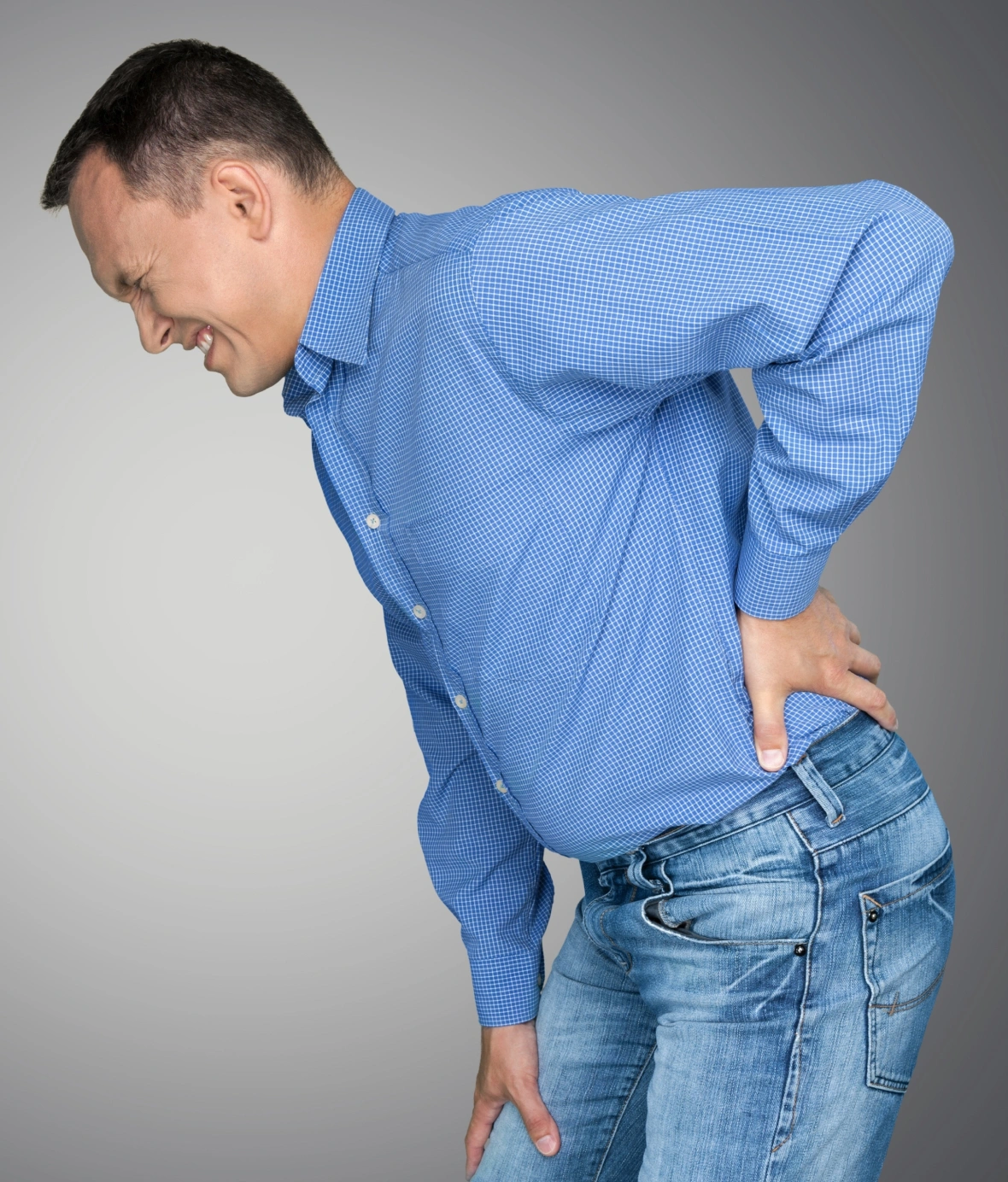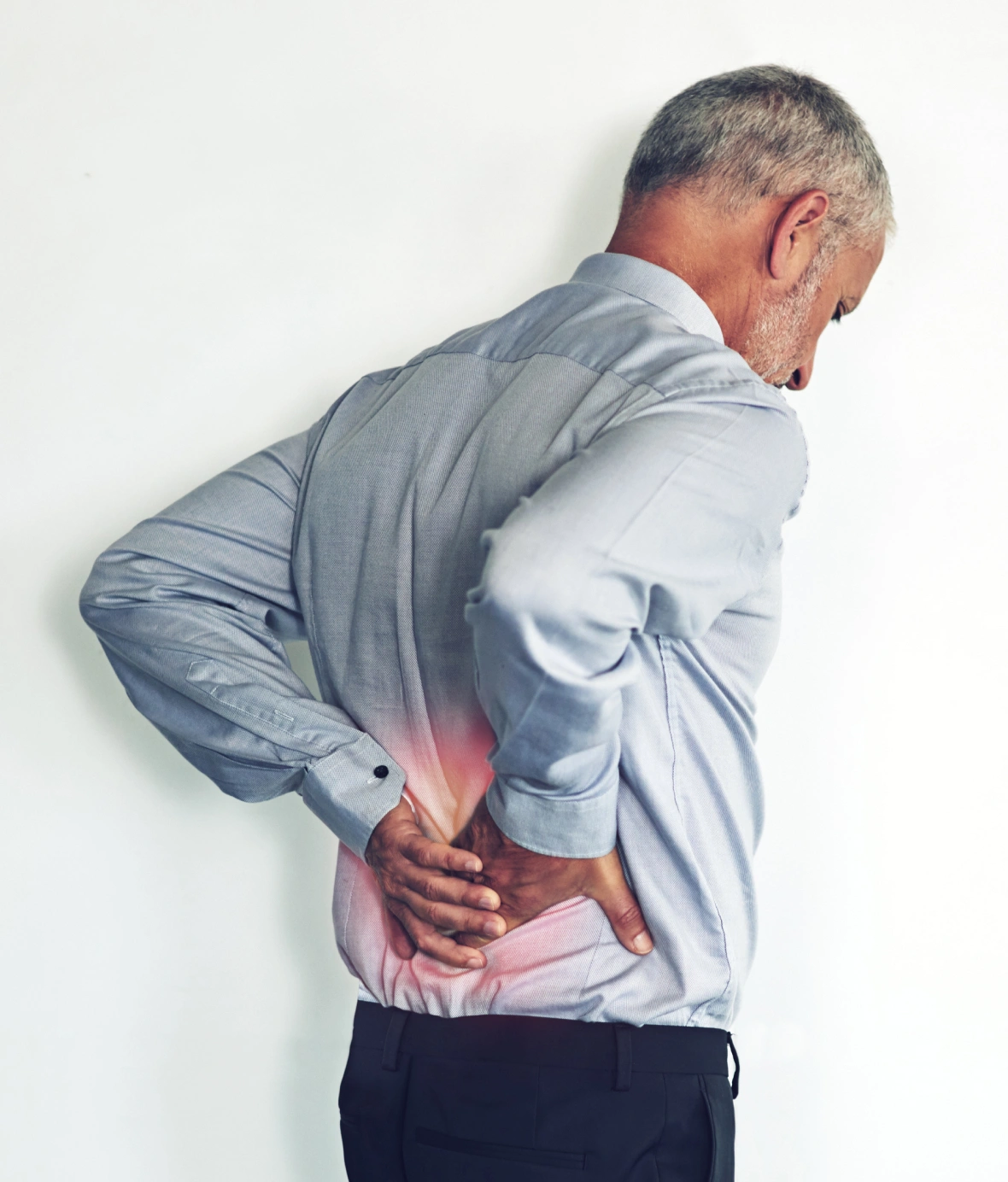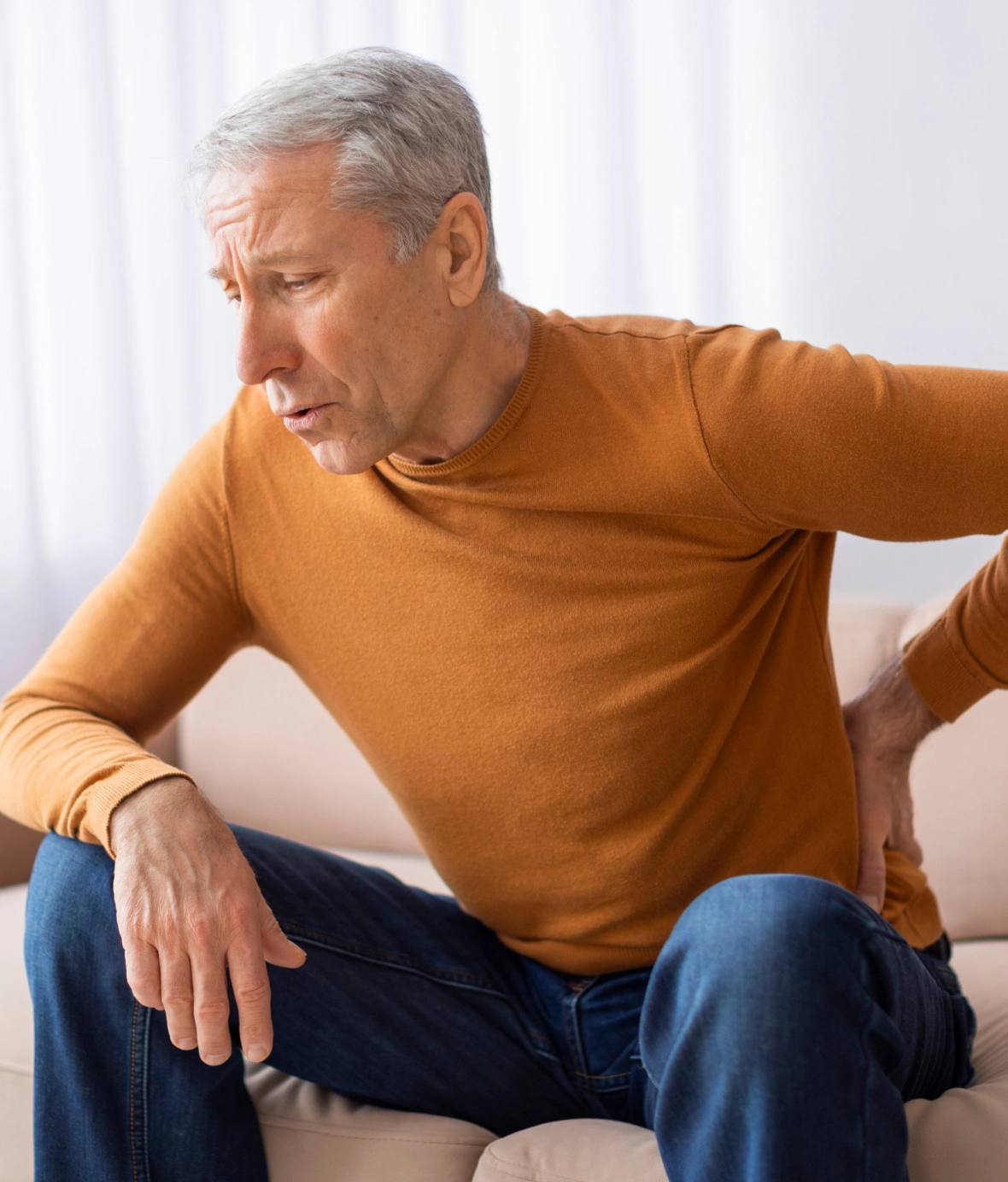Best Hip Pain Treatment in Gurugram

Hip pain can make daily activities like walking, sitting, or climbing stairs difficult and uncomfortable. Whether caused by arthritis, bursitis, muscle imbalances, hip injuries, or nerve compression, untreated hip pain can worsen over time, leading to stiffness, reduced mobility, and chronic discomfort. At Painflame, we offer specialized hip pain treatment in Gurugram, using chiropractic care, physiotherapy, manual therapy, and rehabilitation exercises to relieve pain and restore movement naturally.
Our treatment focuses on improving hip joint stability, flexibility, and muscle strength while reducing inflammation and discomfort. We provide care for hip osteoarthritis, labral tears, hip impingement, sciatica, and postural misalignment with advanced, evidence-based techniques. Instead of relying on painkillers that only offer temporary relief, our drug-free therapies promote natural healing, strengthen the hip joint, and prevent future pain.
If you suffer from persistent hip pain, stiffness, or restricted movement, visit our hip pain specialists in Gurugram for a customized treatment plan. Take the first step toward a pain-free, active life today!
What Causes Hip Pain
Osteoarthritis & Cartilage Damage
Osteoarthritis leads to cartilage breakdown, causing joint stiffness, swelling, and pain. Over time, it reduces mobility, increases inflammation, and leads to chronic hip discomfort.
Muscle Weakness & Joint Instability
Weak hip, glute, or thigh muscles fail to support the joint properly, leading to poor balance, misalignment, and excess pressure on the hip joint, increasing the risk of pain and injury.
Hip Fractures & Labral Tears
Hip fractures and labral tears result from falls, accidents, or sports trauma, leading to severe pain, joint instability, clicking sensations, and restricted movement in daily activities.
Sciatica & Hip Bursitis
Sciatica causes nerve pain that radiates from the lower back to the hip, while hip bursitis leads to joint inflammation, making walking, sitting, or bending difficult and painful.
Signs You Need Hip Pain Treatment
Persistent Hip Pain
Ongoing hip pain lasting more than two weeks may indicate arthritis, joint degeneration, or inflammation. If pain worsens with movement or rest, professional care is essential.
Stiffness & Limited Mobility
Difficulty bending, sitting, or walking without discomfort signals joint stiffness, cartilage damage, or muscle tightness. Early intervention can prevent long-term mobility loss.
Hip Pain Radiating to the Leg
Sharp, burning, or tingling sensations from the hip to the leg may indicate sciatica, nerve compression, or hip bursitis, conditions that require expert assessment and treatment.
Clicking or Locking Sensation
If your hip joint clicks, locks, or feels unstable, it could be due to a labral tear, joint misalignment, or ligament injury. Ignoring these signs may lead to further joint damage.


Non-Surgical Solutions for Hip Pain Relief
Physiotherapy & Strength Training
Physiotherapy improves hip flexibility, muscle strength, and joint stability through targeted exercises and mobility drills. It helps relieve arthritis, muscle imbalances, and postural misalignment, preventing further joint strain and enhancing long-term hip function and movement.
Chiropractic Care & Joint Alignment
Chiropractic adjustments restore hip alignment, reduce joint pressure, and improve movement efficiency. This technique is effective for hip impingement, nerve compression, and posture-related pain, helping relieve stiffness while promoting natural healing and long-term pain relief.
Manual Therapy & Myofascial Release
Techniques like deep tissue massage, myofascial release, and trigger point therapy help relieve hip muscle tightness, inflammation, and chronic pain. These therapies enhance circulation, reduce joint stress, and promote tissue healing, restoring hip mobility and flexibility.
Strengthening & Preventing Future Hip Issues
Keeping your hips strong and flexible is key to preventing pain, stiffness, and mobility issues. Weak muscles, poor posture, and improper movement patterns increase stress on the hip joint, leading to arthritis, instability, and injuries. Strengthening exercises, mobility training, and postural correction help maintain joint health and prevent future hip problems.
Strengthening Hip Muscles
Building strong hip, glute, and core muscles improves joint support and stability. Exercises like bridges, lunges, and resistance training reduce strain, misalignment, and hip instability.
Enhancing Hip Mobility
Tight hip flexors and stiff joints cause restricted movement and chronic pain. Stretching, yoga, and mobility drills improve hip flexibility, reduce stiffness, and prevent joint inflammation.
Correcting Posture & Movement
Poor posture and incorrect movement patterns put excess stress on the hip joint. Postural training, gait correction, and ergonomic adjustments help maintain joint alignment and balance.

Frequently Asked Questions
What are the common causes of hip pain?
Hip pain can result from arthritis, bursitis, muscle imbalances, hip fractures, labral tears, sciatica, or poor posture. Overuse, injuries, and joint degeneration can also contribute to chronic discomfort.
When should I see a specialist for hip pain?
If you have persistent pain lasting over two weeks, stiffness, difficulty walking, clicking sensations, or pain radiating to the leg, consult a hip pain specialist for diagnosis and treatment.
What are the best non-surgical treatments for hip pain?
Physiotherapy, chiropractic care, manual therapy, posture correction, and strengthening exercises help relieve hip pain, restore mobility, and prevent future joint issues without surgery.
Can hip pain be treated without medication?
Yes, targeted exercises, joint mobilization, soft tissue therapy, and ergonomic corrections can effectively manage hip pain, reduce inflammation, and improve joint function naturally.
How can I prevent hip pain from returning?
Maintain strong hip muscles, improve flexibility, correct posture, avoid prolonged sitting, and use proper movement techniques to reduce stress on the hip joint and prevent recurring pain.

